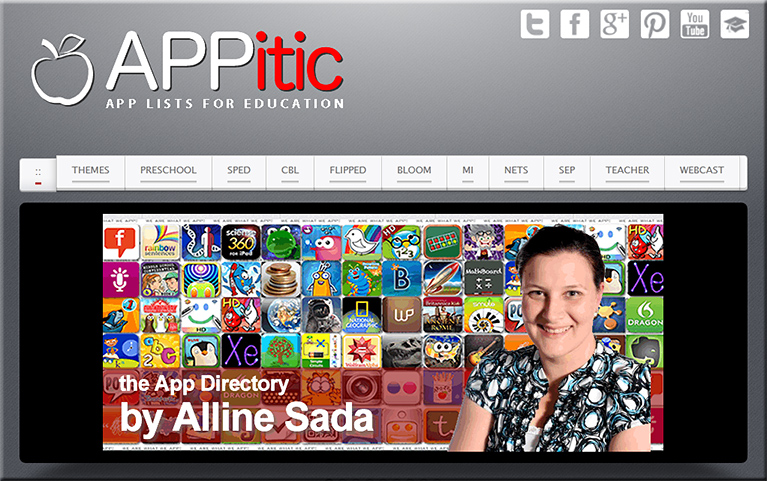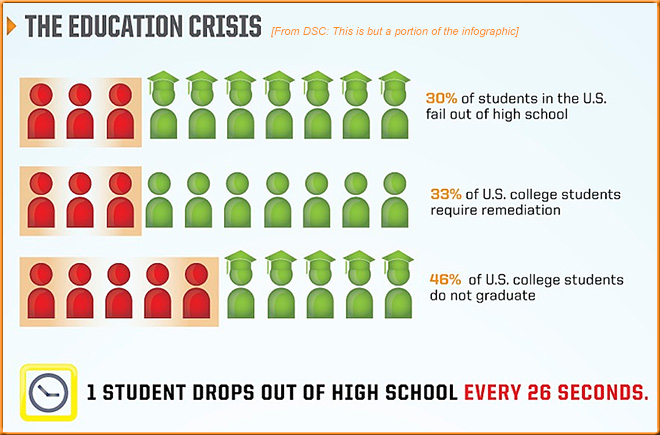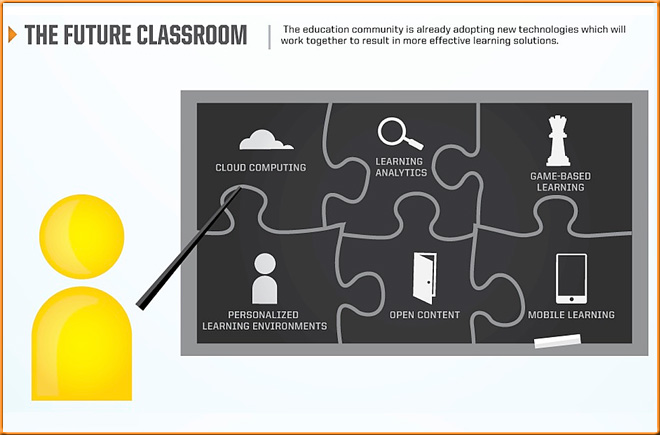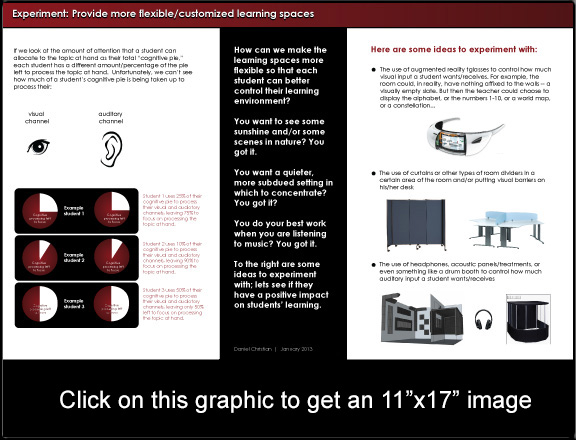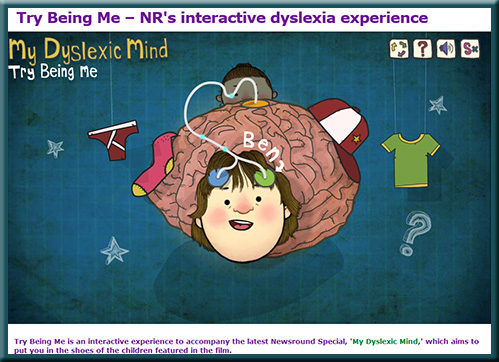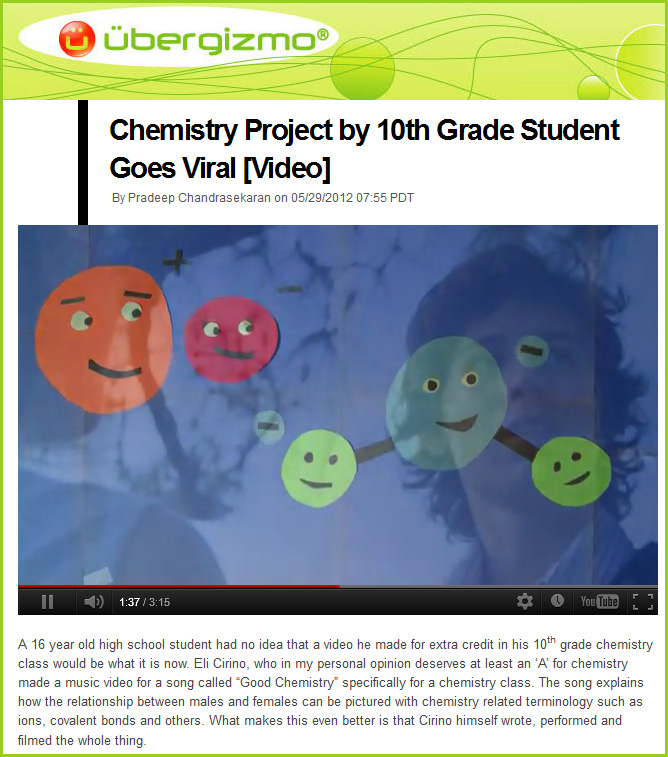The article, “Technology changing how students learn, teachers say,” reminds me of the graphic below. It appears that teachers now have a definite answer to the question I was asking back in June 2010:
.

Excerpt (emphasis DSC):
Teachers who were not involved in the surveys echoed their findings in interviews, saying they felt they had to work harder to capture and hold students’ attention.
“I’m an entertainer. I have to do a song and dance to capture their attention,” said Hope Molina-Porter, 37, an English teacher at Troy High School in Fullerton, Calif., who has taught for 14 years. She teaches accelerated students, but has noted a marked decline in the depth and analysis of their written work.
Bottom line:
Like so much in life, we have very little control of most things. Students are changing and we cannot control that situation — nor should we seek to. Why? Because most people I know — including myself — do not like to be controlled. We can and should attempt to pulse check these sorts of changes, plan some experiments around them, and then see and report on what works and what doesn’t work. This all relates to something I saw on earlier today on Twitter from Anya Kamenetz (@anya1anya):
If you declare a no-media classroom, you better be damn fascinating.
Also, a relevant quote:
The biggest problem area for teachers is students’ attention span, with 71% saying saying entertainment media use has hurt students either “a lot” (34%) or “somewhat” (37%) in that area.
— from Children, Teens, and Entertainment Media: The View From The Classroom
A Common Sense Media Research Study – NEW REPORT
November 1, 2012
Download the full report









